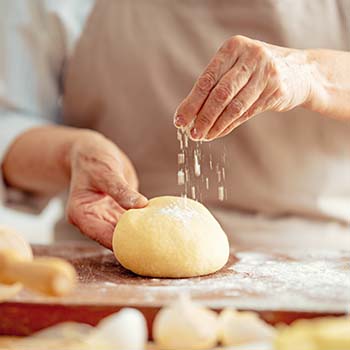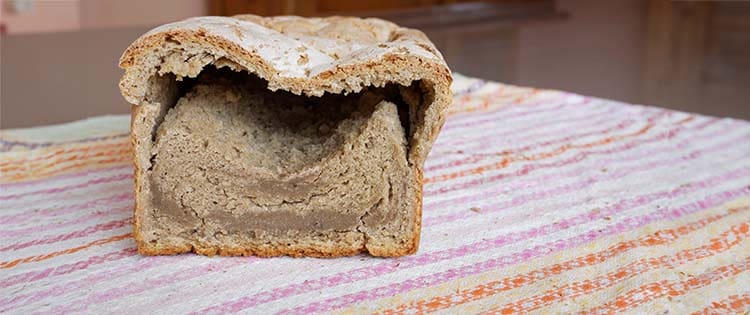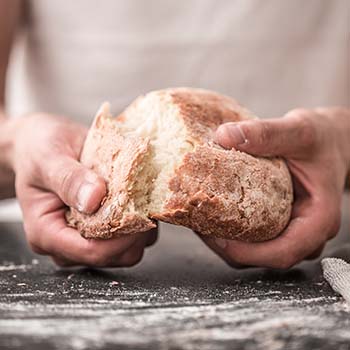Few things can rival the enticing aroma of fresh bread straight out of the oven, boasting a delightful combination of fragrance and fluffiness.
Once you embark on the journey of baking your own bread, the chances are that commercial bakery products may no longer hold the same appeal. Not only does homemade bread offer a healthier and more delicious option, but it also brings a profound sense of satisfaction when crafted in your own kitchen. If you haven’t tried baking bread at home, it’s a rewarding experience well worth exploring.
Baking bread is a delicate process, demanding attention to detail. From pre-heating the oven to the tools that you are using, there are key factors to consider.
If you’ve ever made bread, take a look over the common mistakes listed below and see if you’ve made one of them:
Precision Matters: Measure Flour Accurately
Accurate measurements are crucial in bread baking. Investing in a kitchen scale and measuring in grams provides a level of precision that cups or teaspoons might lack. If a scale isn’t available, ensure you shake the flour and level each measurement accurately for consistent results.
Freshness is Key: Check Your Yeast
Using expired or old yeast can jeopardize your bread’s rise. Always check the expiration date on your yeast packets and, if uncertain, conduct a quick test by dissolving a pinch of yeast with sugar in warm water. Active yeast should start bubbling within a few minutes; if not, it’s time for a fresh packet.
Flour Matters: Opt for High-Protein Flour
Selecting the right flour is crucial. Choose bread flour or add vital wheat gluten to all-purpose or whole wheat flour. Higher protein content enhances gluten development, creating light and fluffy bread. Adjust the ratio based on the type of flour used, ensuring an ideal balance for your recipe.
Find the Right Flour Water Ratio
Avoid using too much or too little flour or water. Allow the flour to hydrate during the mixing process before making adjustments. If needed, add small amounts of flour or water during kneading, being patient and making gradual changes to achieve the desired consistency.
Heat Matters: Preheat Your Oven Adequately
Make sure your oven is well-preheated before baking. Give it an extra 10-15 minutes to guarantee the entire oven reaches the desired temperature. Installing an oven thermometer provides an accurate reading, preventing undercooked or overdone bread.
Steam with Purpose
Consider the degree of leavening in your dough when using steam. Adjust the steam duration based on the dough’s leavening to achieve the desired crust texture. This ensures a balance between a soft crust for well-leavened dough and a firmer one for less-leavened bread.
Baking bread is an age-old tradition that has not only sustained us for generations but also sparks your creativity in times of scarcity. Even imperfect loaves have their own unique charm, echoing the resourcefulness of our ancestors who repurposed leftovers to create survival foods.
Our forefathers were pioneers in the truest sense, and their survival often depended on making the most of what was available by turning simple ingredients into sustenance. Take your first steps towards self-sufficiency and discover the survival recipes that got them through the harshest times.
Happy baking!
You may also like:
Survival Bread To Make In An Emergency
How To Store Food Without Electricity That Can Last Up To A Year (Video)
Pioneer Recipes Every Homesteader Should Learn









